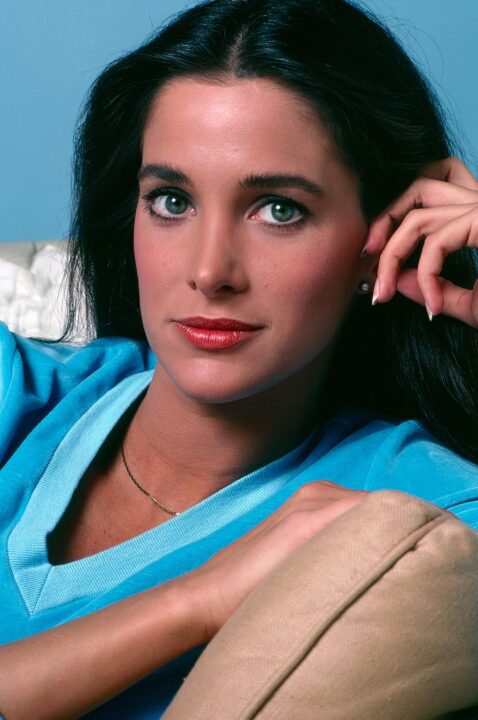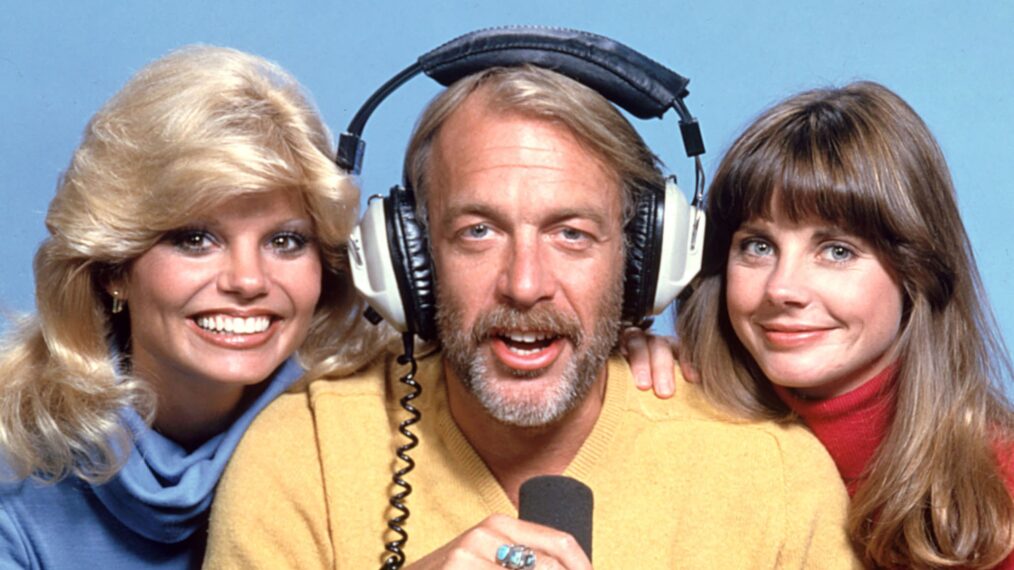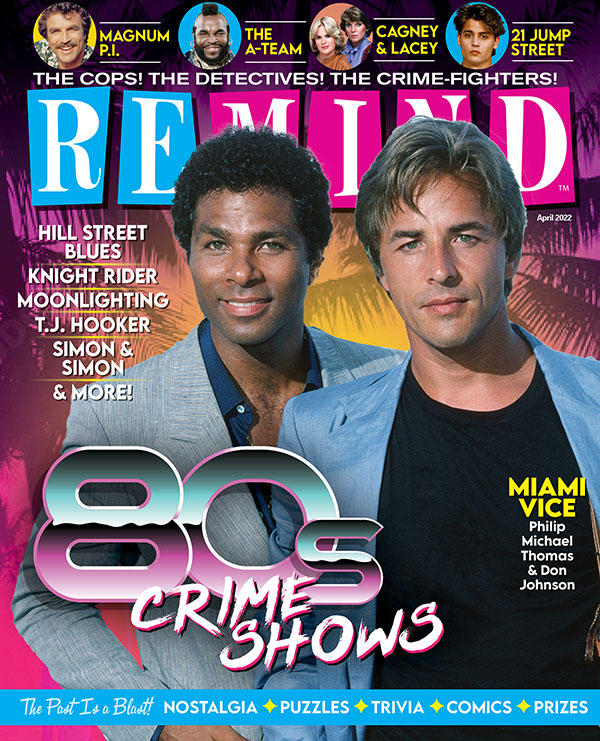Remembering ‘The Greatest American Hero’: 8 High-Flying Fun Facts About the Show

In 1981, viewers had just bid farewell to Buck Rogers in the 25th Century when The Greatest American Hero showed up to fill television’s live-action superhero void. The show, which debuted on March 18, 1981, on ABC, starred 30-year-old William Katt, then best known as high school outcast Carrie White’s ill-fated prom date Tommy Ross in the 1976 horror classic Carrie. Katt played teacher Ralph Hinkley, who hauled home an unusual souvenir from a field trip with his class of high school burnouts — a caped spacesuit that gave him super powers.
Not that he knew how to use them. The aliens who gifted Ralph the suit hoped it would help him save Earth from the same evil forces that kiboshed their planet — but the bumbling Hinkley promptly lost the suit’s instruction manual and had to resort to trial and error to get the job done.
The Greatest American Hero was the creation of uber producer Steven J. Cannell — who was better known for his cop stories (Ironside, Baretta, The Rockford Files, 21 Jump Street and more) — and his sometime writing partner, Battlestar Galactica‘s Frank Lupo. And though it only lasted three seasons, Hero became a cult favorite, and still streams on Peacock, Prime Video and other streaming services.
To celebrate 44 years since The Greatest American Hero soared onto our TV screens, here are some fun facts about the show.
1 That logo is actually … a pair of scissors

ABC/courtesy Everett Collection
On the series’ Season 1 DVD commentary, producer Cannell revealed that a pair of square-handled scissors were on his desk while he was working up the costume with the show’s designer, Joel Colon. Colon held the scissors upside down, pointed to the handle and said, “That’s your emblem.”
But other theories abound. The World Encyclopedia of Superheroes author Jeff Rovin calls it the “open book and needle emblem,” but he’s probably just offering up a literal, best-guess description at what the image is. According to MeTV, the logo also loosely resembles a Chinese symbol that translates to “center,” which, the site says, led to the show being called Flying Red Center Hero in Hong Kong.
2 Star William Katt hated wearing the suit as much as his character did

Illustration by Richard Newton./TV Guide/courtesy Everett Collection
No superhero outfit looks like it’s built for comfort. But the fire engine red ensemble that gave Ralph Hinkley his superpowers was so uncomfortable that Katt apparently refused to wear for TV Guide Magazine cover shoots. The mag used illustrations instead.
3 The show led to a lawsuit
Warner Bros., who owned DC Comics, tried to sue ABC and The Greatest American Hero‘s producers for copyright infringement, saying Hinkley too closely resembled Superman. Superhero fanatics point out that he’s actually more like Green Lantern, who also received his superpowers from spacemen. Other comparisons include DC’s Starman and Marvel’s Nova and Frog-man.
So what’s the real inspiration for the show? According to Patrick Jankiewicz, author of The Greatest American Hero Companion in an interview with Gizmodo, “They were attempting to do The Rockford Files with a superhero. It’s a Marvel Comics version of Rockford Files.”
4 Pam wasn’t supposed to stick around

Scott Enyart / TV Guide /ABC/courtesy Everett Collection
Cannell and Ludo originally planned to give Ralph a new girlfriend in every episode as a sort of running gag. But Connie Sellecca — who had previously played Dr. Wendy Day in Captain America II — so impressed the producers as Ralph’s lawyer-turned-lover Pam Davidson that she earned a regular spot on the show.
5 They had to change Ralph’s last name halfway through Season 1
Shortly after the series debuted, John Hinckley Jr. attempted to assassinate President Ronald Reagan. Producers didn’t want their Hinkley associated with that Hinckley, so Ralph became Ralph Hanley for the rest of the season. By the start of Season 2, the commotion had passed and our Hero was Ralph Hinkley once again.
6 The Greatest American Heroine never got off the ground
Two years after The Greatest American Hero was canceled by ABC (with four episodes left to go), NBC acquired the series and offered reruns on Sunday nights. The move was intended to test the waters for a planned NBC sequel called The Greatest American Heroine, in which Ralph hands off his superhero suit to fellow schoolteacher Holly Hathaway (As the World Turns‘ Mary Ellen Stuart) after his secret identity is revealed.
Though Heroine was also produced by Cannell and featured Hero‘s original cast, enthusiasm sputtered and it was repurposed as another season of The Greatest American Hero. Robert Culp, who played Ralph’s cohort and frenemy FBI Special Agent Bill Maxwell in both series, loved his character so much that he also reportedly turned down the chance to play J.R. Ewing on Dallas so he could continue playing Maxwell.
7 The theme song was a Billboard hit
Composed by legendary TV theme composer Mike Post and sung by Joey Canterbury, “Theme From Greatest American Hero (Believe It or Not)” entered the Billboard Hot 100 in June of 1981. It spent a total of 18 weeks in the Top 40, peaking at No. 2 for the weeks of Aug. 15 and 22. “(Believe It or Not)” was kept from the No. 1 spot by another timeless theme song: the Lionel Richie and Diana Ross duet “Endless Love” from the 1981 movie of the same name. The song remained so ubiquitous that it was the subject of a joke on Seinfeld, 15 years later.
8 Katt cowrote a pair of comic books based on the show
Katt is credited, along with Christopher Folino, Sean Patrick O’Reilly and Derek McCaw, for creating a three-issue The Greatest American Hero comic book miniseries, via Katt’s publishing company Catastrophic Comics. The set put the show’s characters in a series of new adventures.


